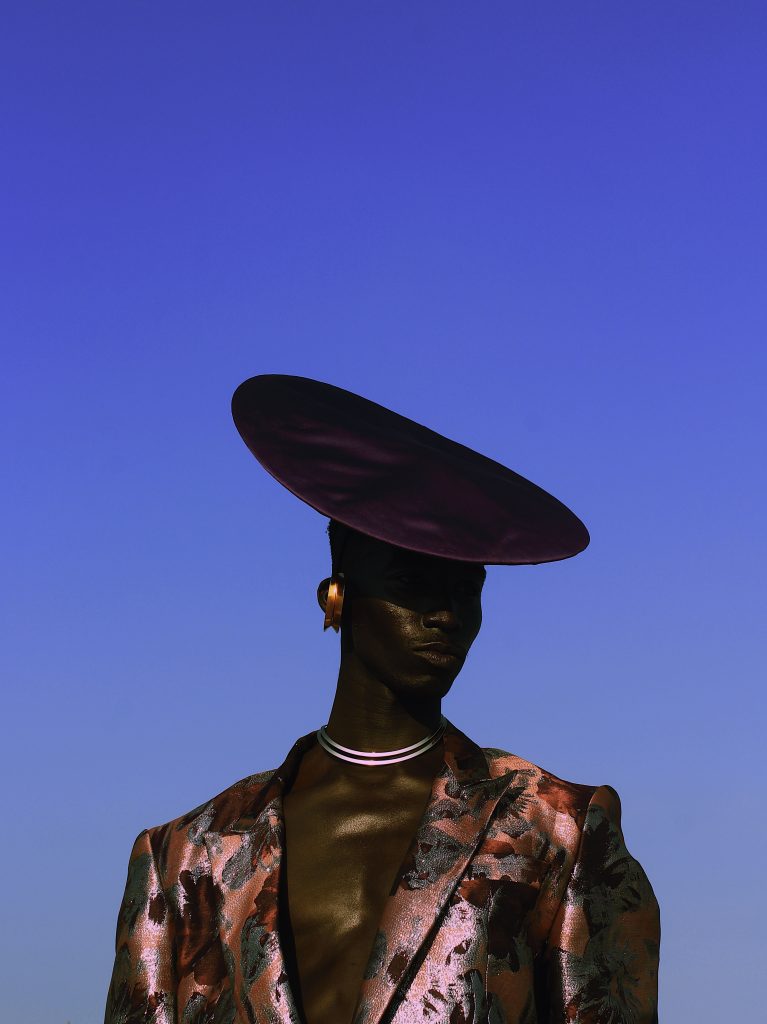
Since the dawn of mankind, fashion has been predominant. Once used for protection from the planet’s unkindest elements, it has transformed over millions of years into a system of style capable of showcasing rank and fortune amongst other things. For centuries, men’s fashion didn’t change significantly despite the evolution of mankind. As nomads turned into settlers and began to harvest crops, new forms of dress emerged. Animals were herded and no longer did the patriarch have to rely on basic hunting techniques. As groups of settlers began to flourish in flocks, villages were formed, and leaders surfaced. Whether elected by the masses or dictated by force, leaders took charge of their community, and like the caveman reserved the very best goods for themselves and those in their family. Soon, the panache would begin to form, and leaders became known by a uniform of sorts. Rank and fortune became prevalent, and just as gold is favored over tin, it became relatively easy to distinguish a peasant from a potentate. Shortly after the beginning of the 1700s, clothing began to take on a more substantial purpose. Although trade was still very prevalent, the need for currency was more important than ever before. Without it, the ability to feed, clothe and house your family was nearly impossible. Professions were now a hallmark of social status, and it was important to fit in amongst your peer group in order to develop relationships that could potentially further one’s status within the community. By 1800s evening wear was a uniform of sorts, a standard outfit consisting of matching tailcoats that we know today as the white tie dress code. The tailcoat became the great equalizer and was adapted into the outside world. Etiquette was now prevalent not just as forms of chivalry towards women, which existed for many centuries. But it was now a kind of common courtesy afforded to men within your inner circle. It required men to dress up when in the company of others. Attire was no longer primarily used as a means to peacock but was now a symbol of gallantry used to show others that their company was important enough to warrant a gentleman’s finest apparel. In the 20th Century the world accepted to comforts and conveniences of modern fashion. The apparel of the country gentleman soon turned from hunting jackets into business suit jackets. The tuxedo was the jacket of the night, but the suit was now the jacket of the day. It became more and more contemporary, and as America embraced advertising and the 1950s rolled in, America fell in love with the idea that men no longer lived to work, but rather that a man worked to live. Men’s style has continued to evolve. Today fashion designers of the future only see three options for the man of tomorrow: the homeless nomad, The Phantom of the Opera and the zombie apocalypse survivor/hunter. Surely we can do better than that, no?
Story by Jen Ruane.

